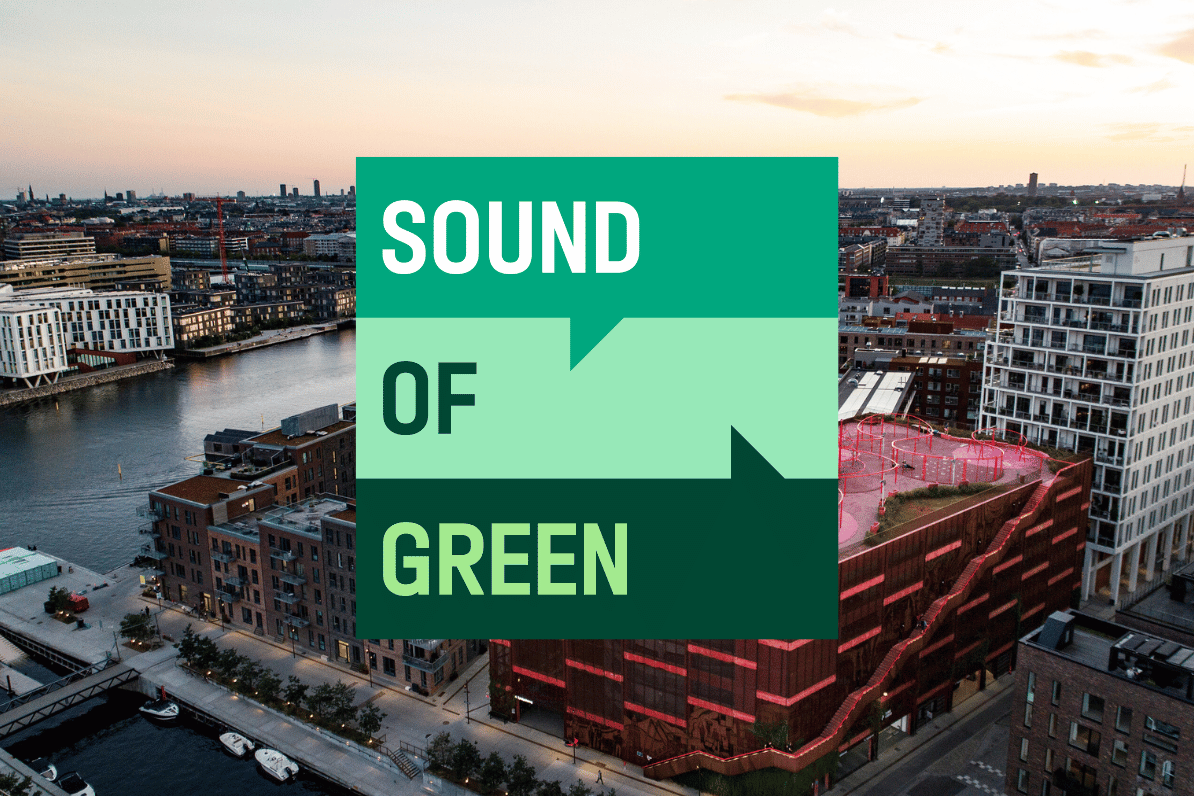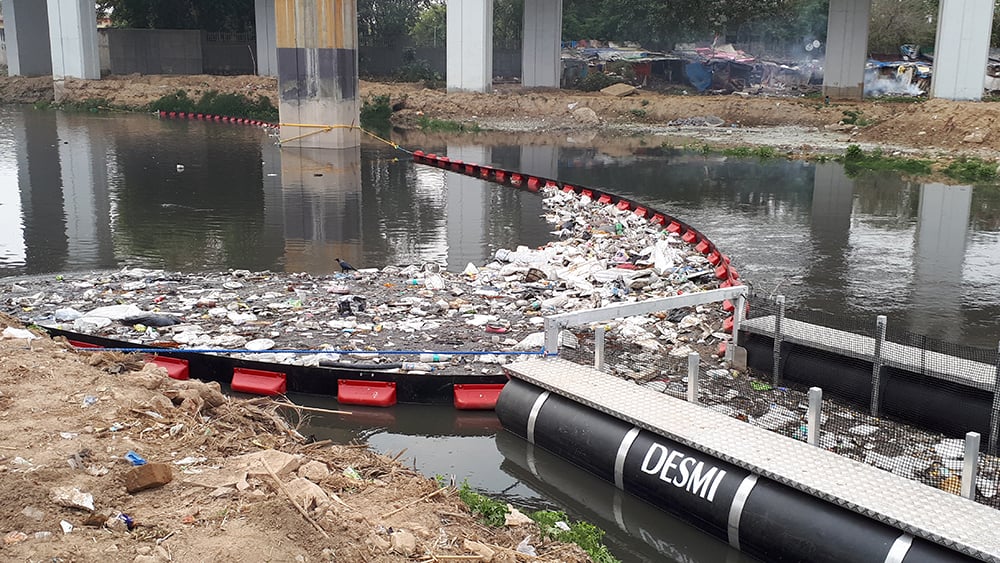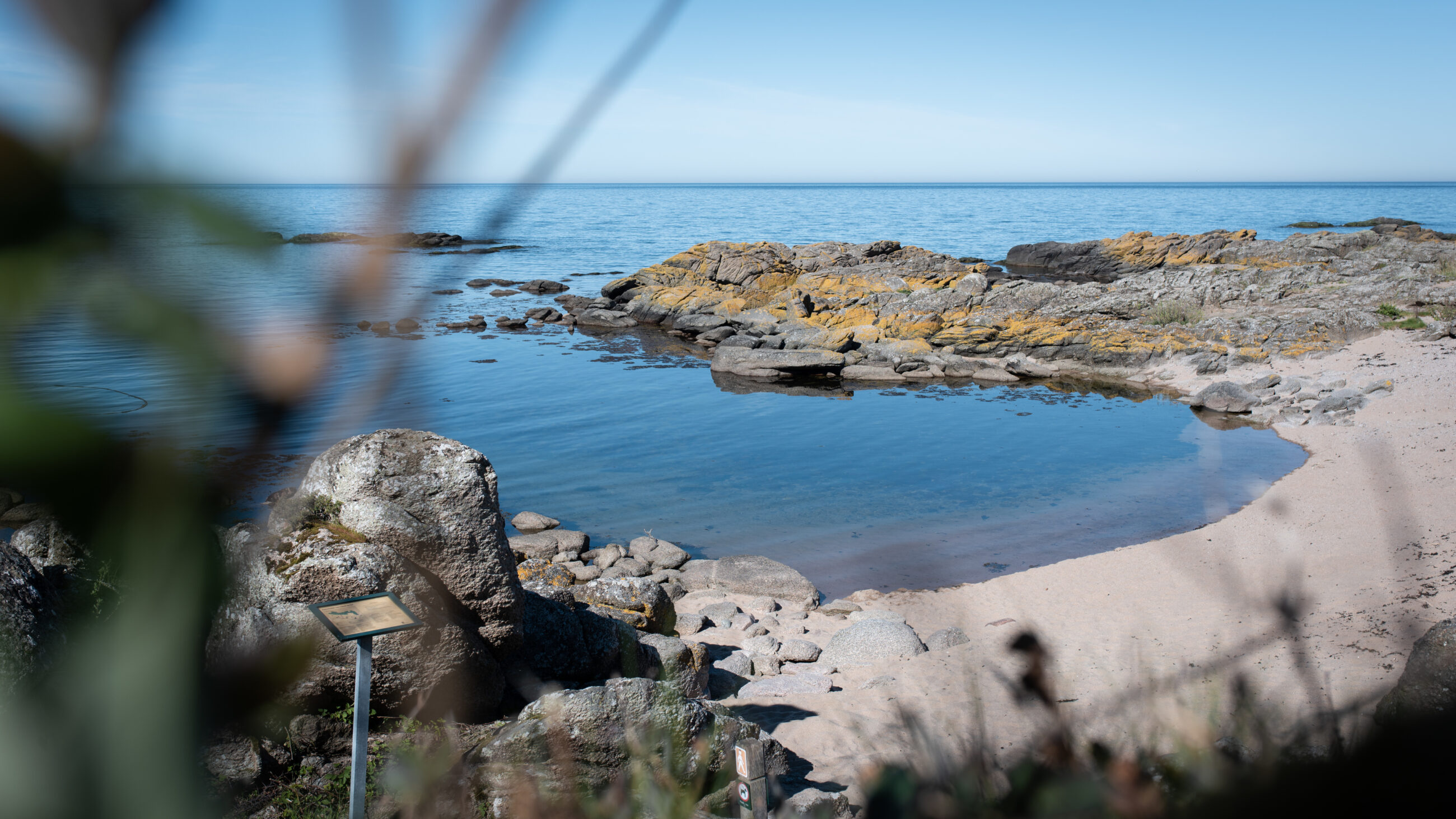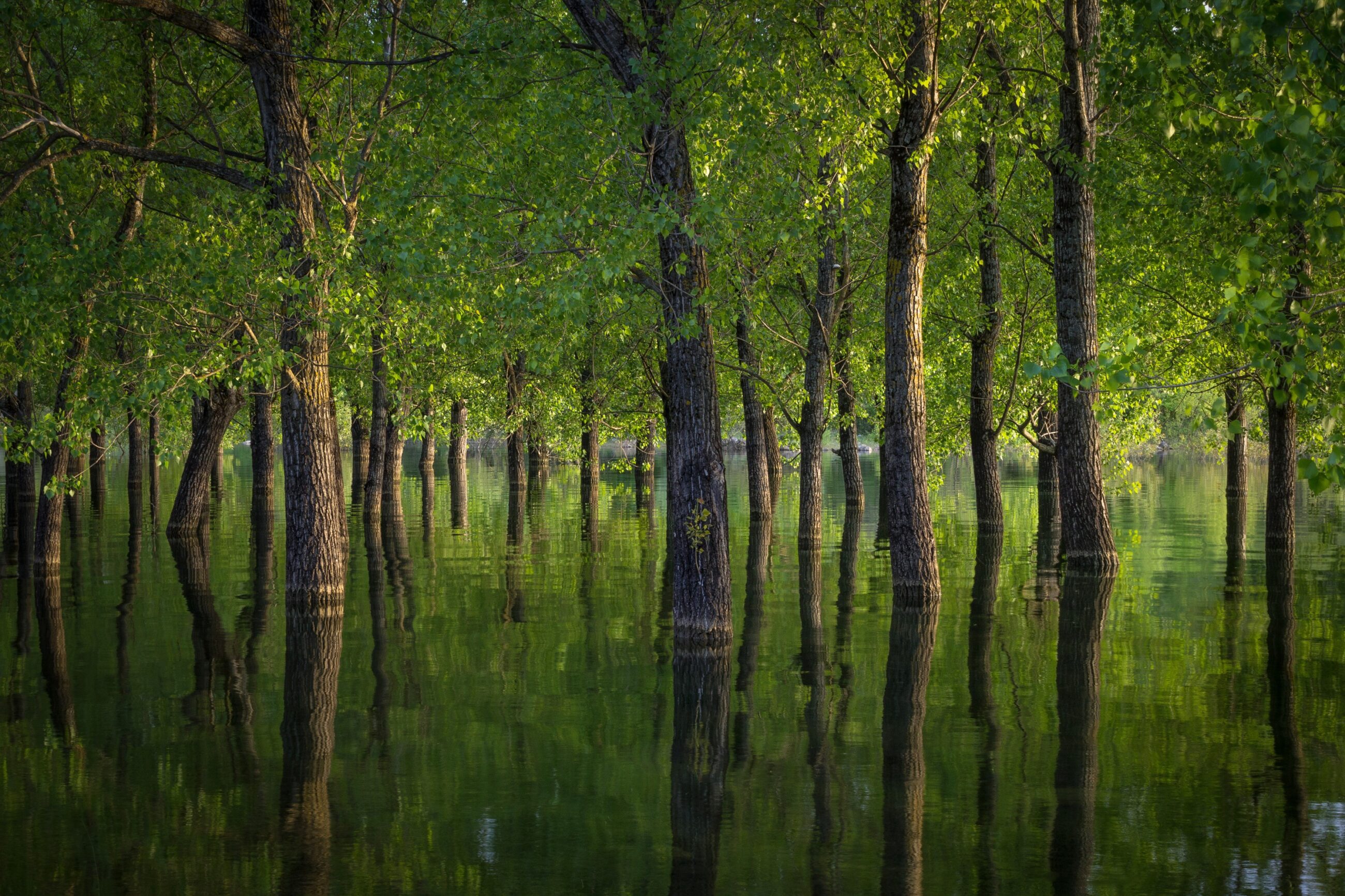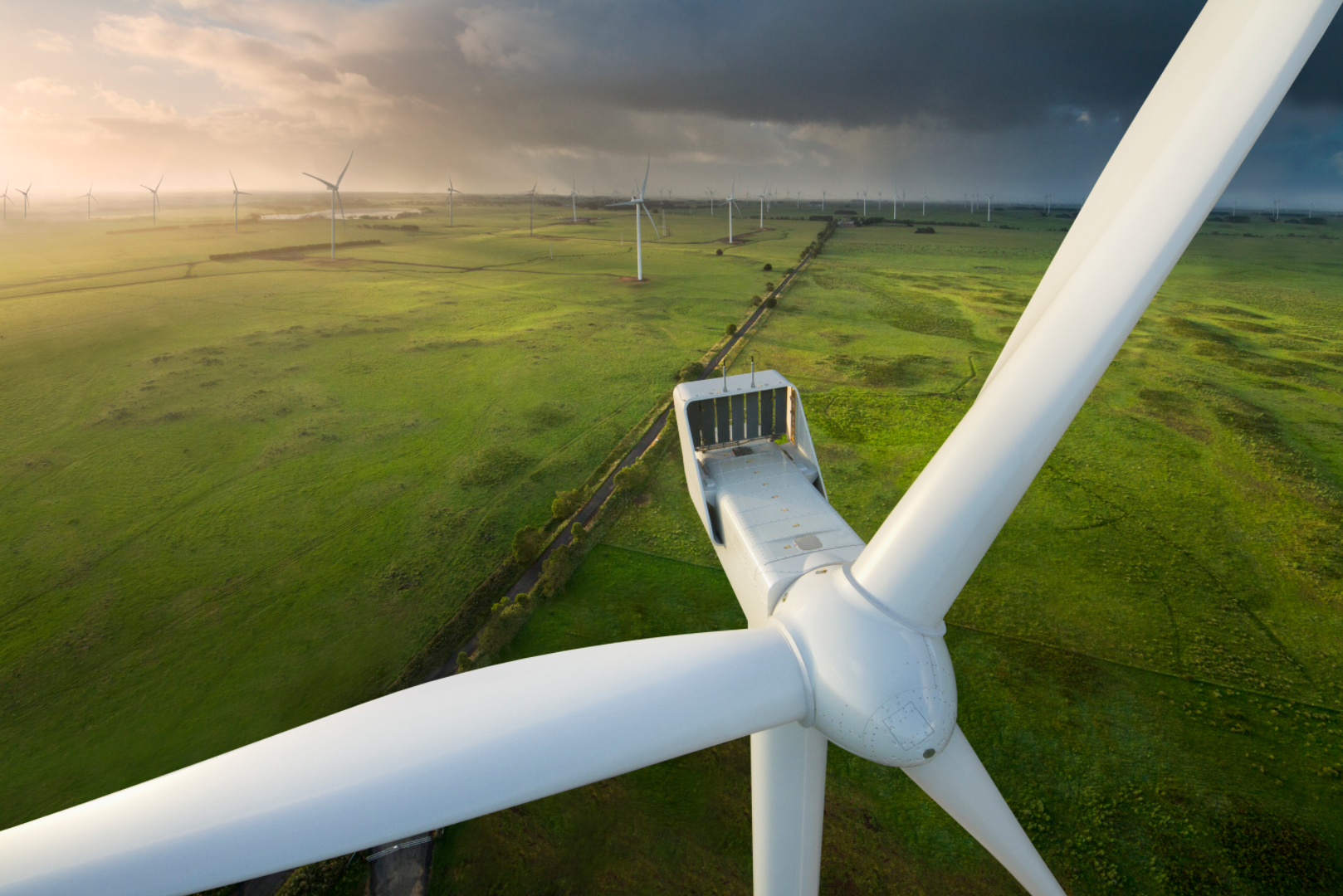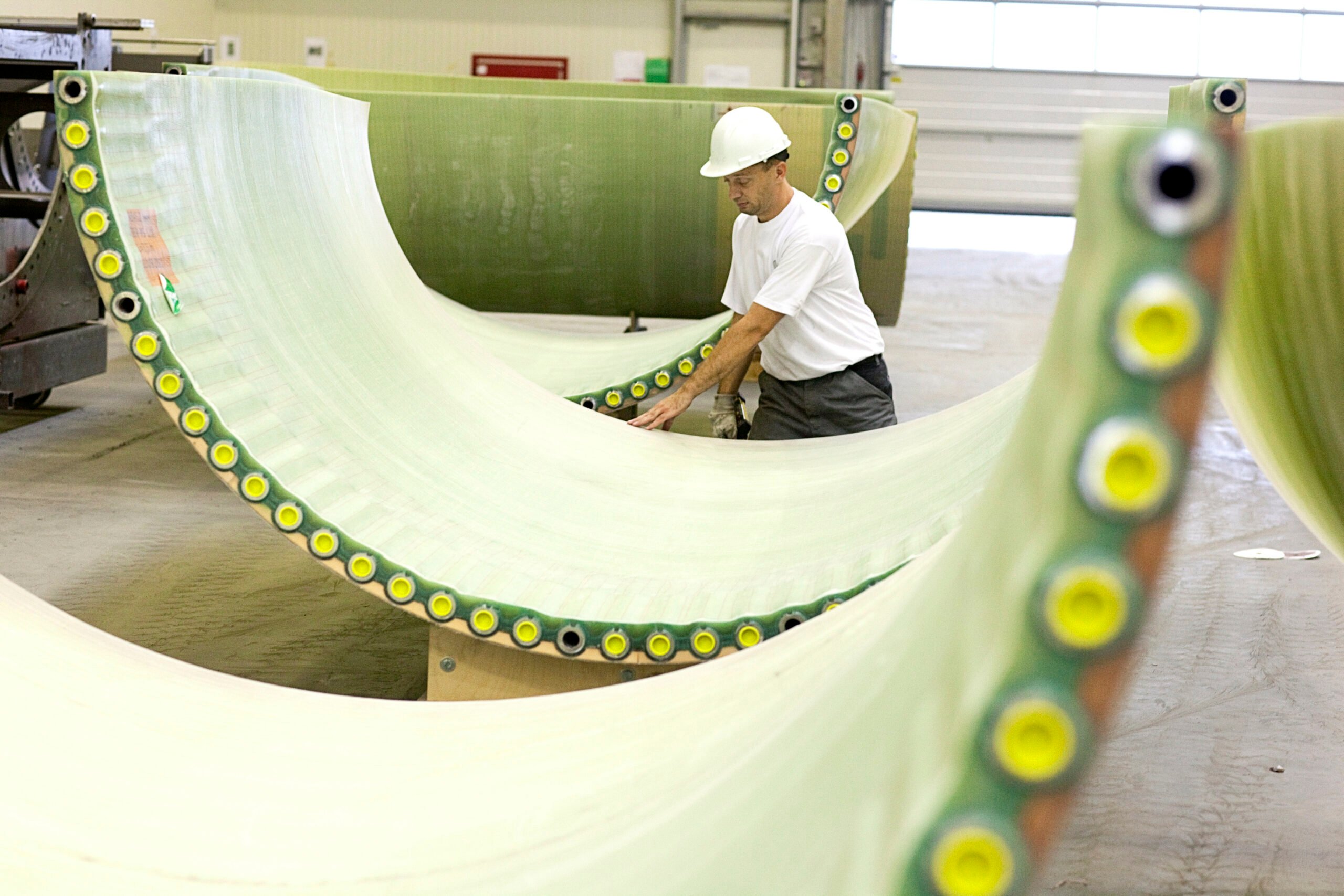News
Waste management
Copenhagen energy players form CCS alliance with great potential


A larger collection of public utilities serving metropolitan Copenhagen is now establishing a partnership dubbed C4: Carbon Capture Cluster Copenhagen, writes EnergyWatch.eu. The cluster says it hopes that, with its row of participants, it will capture up to 3 million tonnes of CO2 per year.
The consortium consists of Ørsted, Amager Resource Center, Hofor, Vestforbrænding, Argo, Biofos, Copenhagen Malmö Port, CTR and Veks. The volumes of carbon dioxide the group sees itself capable of taking out of the country's climate accounts equates to roughly 15 per cent of the approx. 20 million tonnes of CO2 Denmark must eliminate in emissions ahead of 2030 to achieve the national climate objective of a 70 per cent CO2e emissions reduction from 1990 to 2030.
-Related news: Danish Finance Act 2021 leads the way for green economic recovery
ARC Chief Executive Jacob H. Simonsen sees the partnership's potential as "enormous", with the possibility of becoming "one of the largest single contributions to Denmark's climate transition".
EnergyWatch.eu notes that the project's reduction objective is actually threefold that of the national policy agreement ratified in the summer of 2020 that garnered broad parliamentary support. Here, the national plan sets out to cut 0.9 million tonnes of CO2 via carbon capture and sequestration by 2030. Although C4 says it could surpass that target solely from its own efforts.
Capital advantage
The companies involved assess that the Danish capital region has certain special advantages due to so many utilities being present within a manageable physical area.
Moreover, participants see obvious synergistic effects in joining forces for CCS in that the companies would also like to offload some of the captured carbon.
A potential investor would, needless to say, have greater certainty surrounding the CO2 volumes in proportion to the number of companies cooperating to capture the greenhouse gas.
The C4 cluster wants to work on converting CO2 into green fuels as well as storing excess carbon off site, for instance in depleted oil and gas fields under the Danish North Sea.
[caption id="attachment_127267" align="alignnone" width="489"]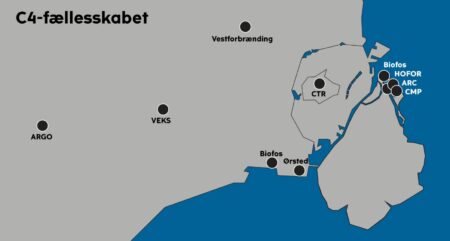
Emphasis on infrastructure
The companies have also set out to come up with infrastructural solutions, for instance, a method for transmitting CO2 further along from carbon-capture centres. C4 is already looking into a local port named Prøvestenen as a suitable option.
If successful in establishing a well-functioning transportation system, the consortium hopes it will be markedly cheaper for utilities to channel the carbon further after having captured and stored it temporarily.
-Related news: Danish researcher captures CO2 with mineral: “The theoretical potential is enormous”
Initially, the C4 cluster will focus on mutual experience exchange to create a knowledge base that could preferably lead to joint solutions in the long term.
The partnership has set a strategic focus that could also be used to apply further political pressure, as Danish Parliament has plenty of ambition, but there are many hurdles obstructing the further implementation of CCS.
Seeking aid
The consortium is first and foremost dependent of the minting of a national CCS policy.
Not least of all, current framework conditions - particularly considering the prospects of waste facility deregulation – are not quite fit for purpose in attracting large investments in technology that would probably render the region's consolidated waste management more expensive and weaken competition for facilities fitted with CCS systems requiring investment capital.
Whereas the country's independent Council on Climate Change has proposed that a carbon tax of EUR 201 per tonne is at a level that would make CCS economically viable, the consortium is also open to taking other instruments into use, for instance, subsidy schemes already in the pipeline.
The main item for the consortium is to secure framework conditions that make big investments in CCS economically defensible.
Plan expected this year
An actual political strategy, according to the Ministry of Climate, Energy and Utilities, should arrive toward the end of this year, even though several stakeholders would have preferred to see it fall in place before state budget negotiations occur this autumn.
The strategy will be joined to the policy for Power-to-X and will break down some of the barriers, for example, legal issues, that presently inhibit CCS in Denmark. To illustrate, storing carbon dioxide in the Danish underground remains illegal, even though the Geological Survey of Denmark and Greenland (GEUS) has estimated that there's huge potential in doing so.
"If we are to reduce greenhouse gas emissions by 70 per cent by 2030 - and we must - we have to develop new technologies such as CCS"
- Dan Jørgensen, Minister of Climate, Energy and Utilities
In a written comment to CleantechWatch.dk (in Danish), Danish Minister of Climate, Energy and Utilities, Dan Jørgensen, stated:
"It is really good news that a number of utilities in the metropolitan area will join forces to capture such large amounts of CO2. If we are to achieve a green transition and reduce greenhouse gas emissions by 70 per cent by 2030 - and we must - we have to develop new technologies such as CCS."
"There must be development and testing by private actors, and therefore I look forward to entering into dialogue with the new cluster cooperation, and I can assure you that we on the part of the government will do what we can to get the potentials for CCS unleashed. in Denmark," the Minister said.
According to a press statement (in Danish), The Danish Ministry of Climate, Energy and Utilities will develop a national CCS strategy during the coming months.
Tendered carbon
The cluster also has an implicit economic interest in regard to the state. First off, C4 is banking on money being earmarked for GEUS to assess the most suitable domestic site for storing CO2 caught by the energy groups.
Several involved players have already gotten started. ARC plans to establish a full-scale CCS plant in 2025 that will be able cut a half million tonnes of carbon per annum. Most recently, waste incinerator Vestforbrænding has designs to capture 450,000 tonnes of CO2 per year by 2030 at the latest, if possible (in Danish).
-Related news: Green fuel, power-2-X and storage: Climate Solutions Panel identifies the most potent Danish climate solutions of the future
ARC has previously said that the CO2 captured at the resource centre should be sent to tender. Based on such a model, CO2 could both end up under the Danish North Sea, where multiple oil companies are working on maturing that concept.
However, a third option could also come into consideration pending which opportunities arise from such a solicitation.
On the same token, ARC made it clear that framework conditions, financing and a more mature market for storage are three key elements that will be necessary to get CCS to take off in the Scandinavian country.
Sources
